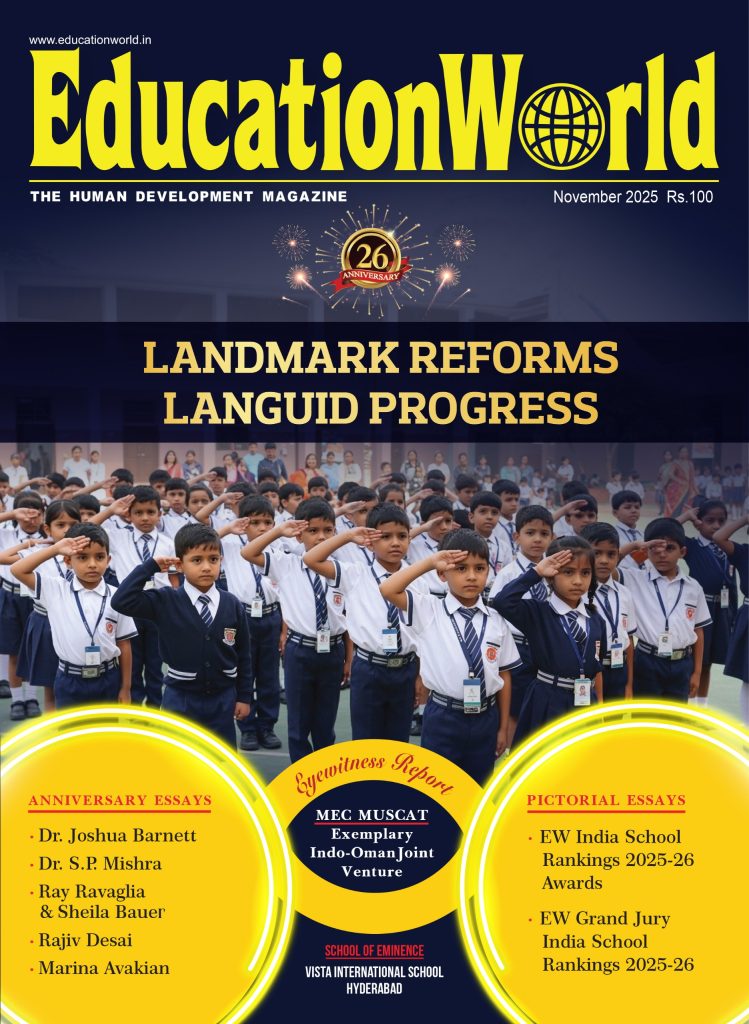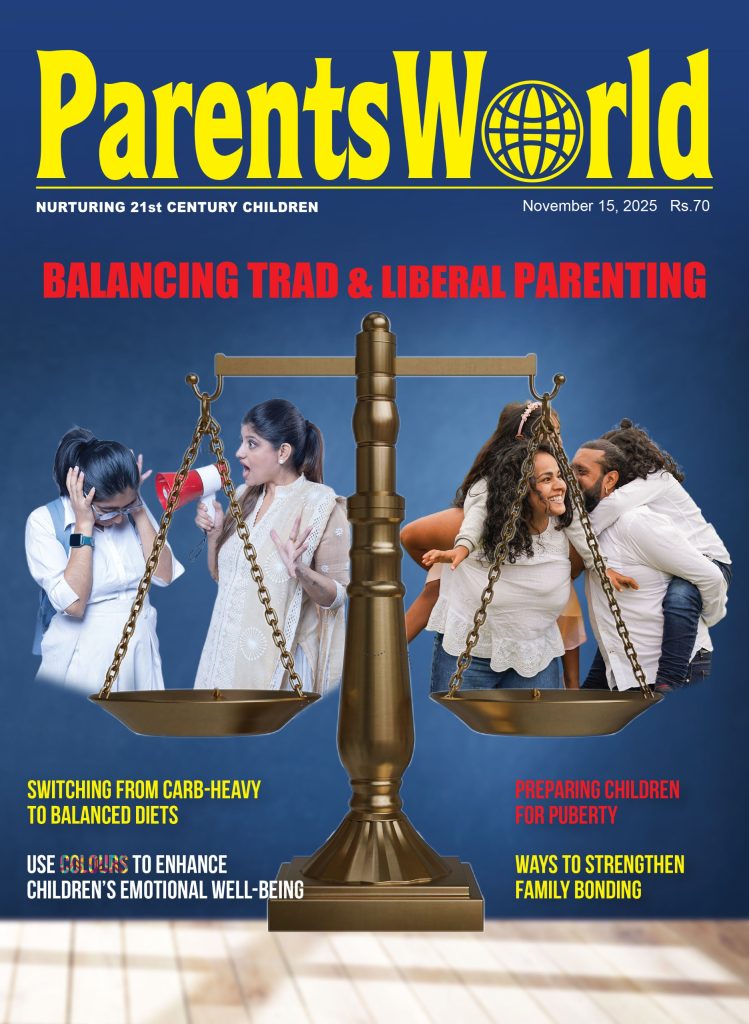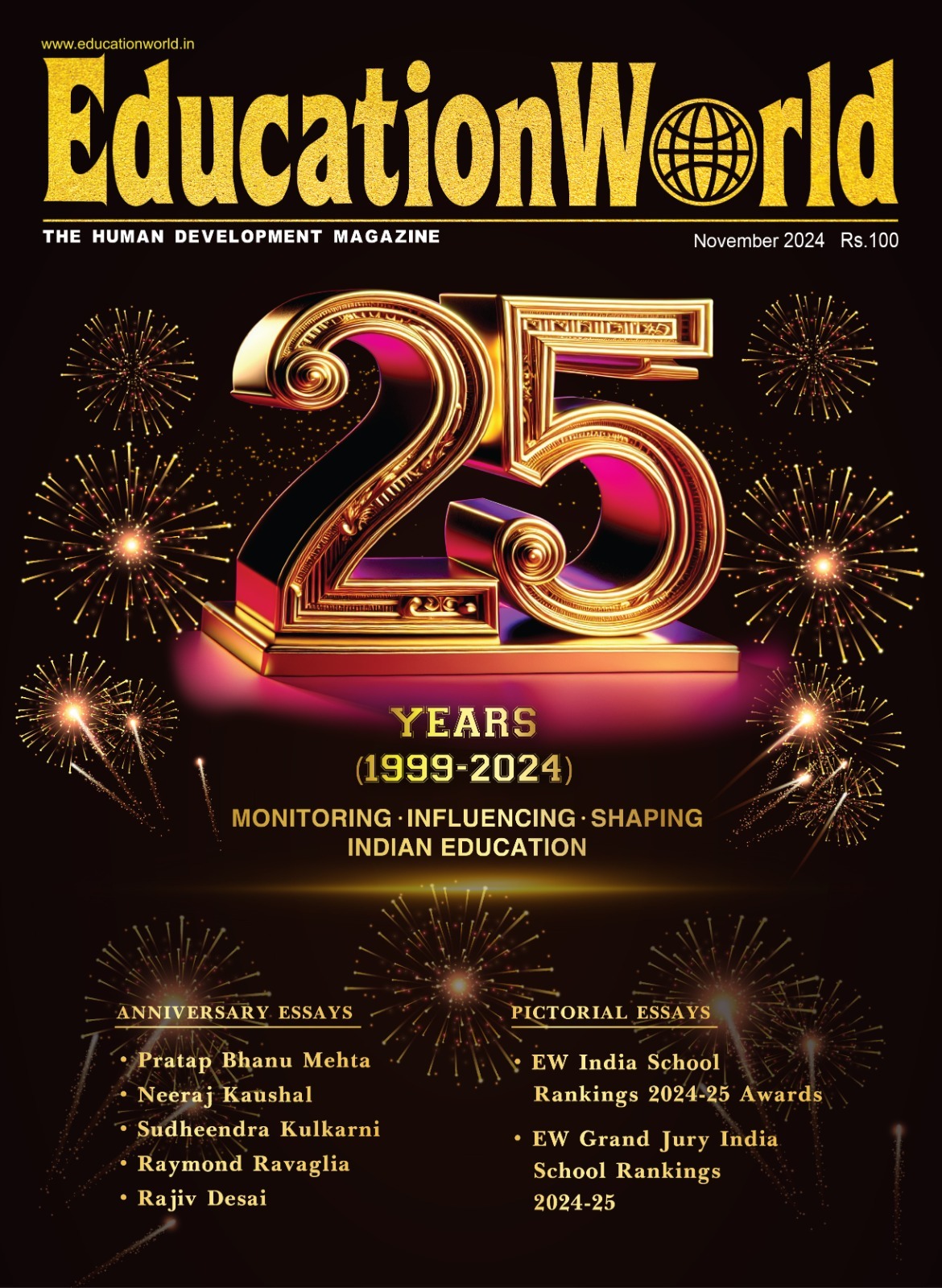When I grow up I want to be a journalist just like the Mahatma…
When I grow up I want to be a journalist just like the Mahatma…
“The sole aim of journalism should be service.”
Did you know that…
all the newspapers that Mahatma Gandhi published never carried any advertisements. That’s because Bapu believed that ads can be misleading, as many of them sell products that could harm people.
Did you know that… Did you know that… all the newspapers that Mahatma Gandhi published never carried any advertisements. That’s because Bapu believed that ads can be misleading, as many of them sell products that could harm people. Did you know that… all the newspapers that Mahatma Gandhi published never carried any advertisements. That’s because Bapu believed that ads could be misleading, as many of them sell products that can harm people. As a school student, Bapu did not have the habit of reading newspapers. He started reading them only after age 19. Later, because he was shy to speak in public, he preferred to share his ideas by writing articles for an English weekly. When Bapu decided to publicly protest against racial discrimination in South Africa, he chose to do it through a newspaper — Indian Opinion which he founded in 1903. He believed newspapers were a powerful medium to spread progressive ideas and dispel myths and fears among the public. Though Bapu was a successful journalist, he never charged for his stories and columns as he believed journalism was service to society. He wrote many articles on health, ahimsa, charkha, diet and independence movement. Learning from the Mahatma you too could write stories about something that interests you. You can even grow up to be a journalist and choose it as a career. If you like the idea of becoming a journalist, here are some other specialisations you might like: Foreign correspondent. This professional is a journalist or commentator who contributes reports to a newspaper, news channel or digital media from a foreign country. She researches stories, interviews sources, and writes or broadcasts reports. Often stationed in major world capitals or conflict zones, she interprets international events, offering context and analysis to help viewers understand their global impact. Photojournalist. A photojournalist captures, edits, and presents news stories through photographs for newspapers, magazines, or media/digital broadcasts. By pairing images with written reports, photojournalists make news more engaging and relatable for viewers and readers. Blogger. She creates and publishes content on a personal or commercial website, sharing posts that may be informational, opinion-based, or discussion-oriented. Bloggers engage with their audience, build online communities, and often collaborate with other bloggers or brands. Book editor. She reviews and evaluates manuscripts to decide whether they should be published. Book editors refine content by checking for grammar, accuracy, and consistency, shaping the manuscript into a polished, market-ready product. They collaborate with authors and publishers to ensure the final book meets quality standards and appeals to readers.















Add comment